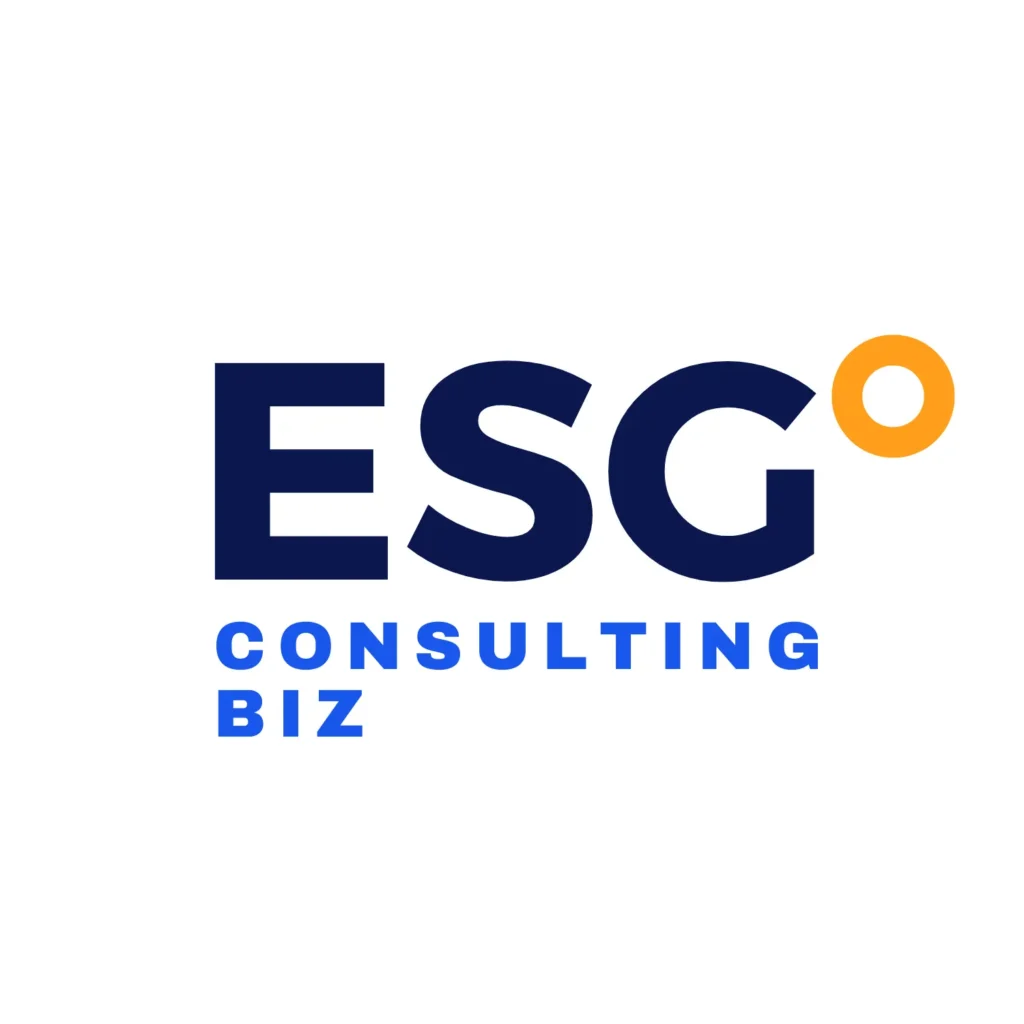A recent study of over 2,000 respondents from 668 companies found that, while organizations across industries have acknowledged the urgency of climate change, limited action is visible on the ground.
The primary roadblock: many executives are still unclear as to the business case for sustainability or view it as a non-viable option.
Like I mentioned last week, perception shapes our point of view – but business drivers influence how we perceive value of sustainability.
So what are business drivers, exactly?
The key inputs and activities that drive the operational and financial results of a business.
If those key inputs are threatened, there is a business case for addressing them.
There are three types of drivers (risk and opportunity) you can leverage when making a business case for sustainability.
Economic
Economic drivers include energy costs, prices of raw materials or commodities, the amount of prices of products or services sold. A handful of years ago, I knew a lot of sustainability consultants who relied on the (effective) argument that sustainability could save money. Today, an economic argument is about how much money can be made (raising capital, developing new products or services, expanding market share).
Stakeholders
Stakeholders include the usual suspects such as customers, employees, and investors but it also includes suppliers, future customers, competitors, critics and the community-at-large. Legislators and regulators should also be considered, especially this year when ESG regulations were at an all-time high.
Operational
Operational drivers include human resources, sales and marketing, legal and senior management, and innovation (R&D). HR benefits the company when able to recruit and retain top talent. Sales and marketing excels when able to point to strong or unique brand positioning. A culture of innovation can propel a company to new levels of growth and into untapped markets.
Not all business drivers are created equal.
Which drivers matter most to your target customer depends on their industry, company values and corporate culture.
What’s your process for identifying those most important to your clients and prospects?
In the News:
A New Global Carbon Budget tracks the trends in global carbon emissions and sinks and is a key measure of progress towards the goals of the Paris Agreement.
GRI released an updated Biodiversity reporting standard and they are accepting public comments until mid-February.
Strategies to Grow Your Sustainability Consulting Business in 2023

Deb Zahn has been a “go-to” for me and my business. On Wednesday, bring us your most pressing questions and hear our best tips for getting started, strategies to keep your pipeline full, and the keys to bring your business to the next level.
It’s my first Linkedin LIVE, but I’ve been assured that all you have to do is show up on this page and you’ll see me. 🙂
Other Virtual Events:
2022 Climate and Policy – Key policy shifts (there were quite a few of them) and what they mean for business. Dec 6, 2 PM EST
How to Use Climate Science to Drive Your Net Zero Strategy – Learn about the Global Carbon Budget, last year’s carbon emissions trends, and how leaders can use this data to drive net-zero strategies. Dec. 8, 1 PM EST
The Year in Sustainability – Catch up with the flurry of activity this year with a review of frameworks, legislation, and framework bills Dec 14, 12 NOON EST
We have lots of exciting plans for 2023, so be sure to keep an eye out!
To your success,
Heather
